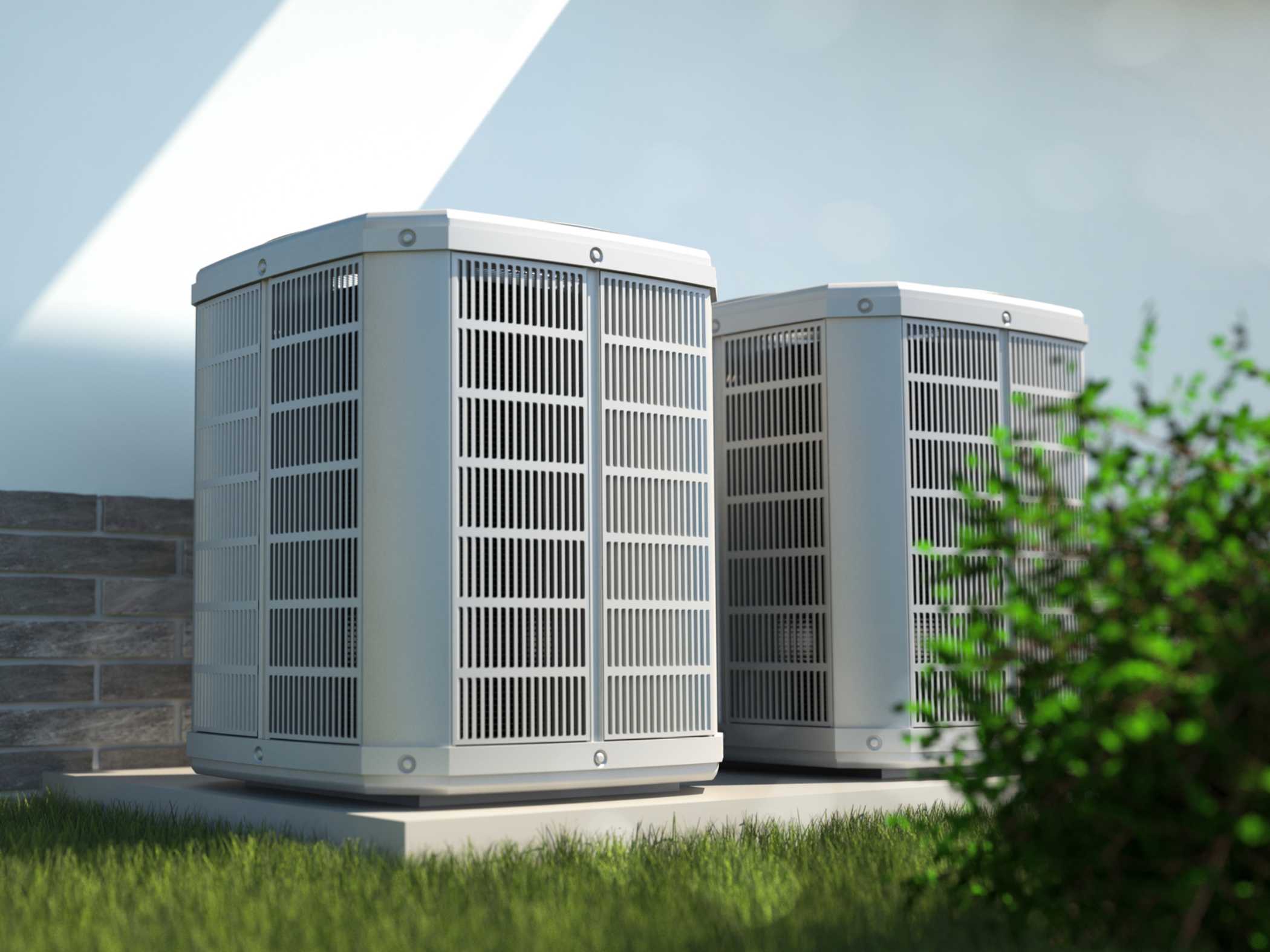Air-Source Heat Pumps are Comfortably Efficient
Are you looking to upgrade your home's heating and cooling systems? Air-source heat pumps can provide high-efficiency comfort all year long.
Published:

Heat pumps move heat in and out of your home to provide efficient heating, cooling and humidity control. Air-source units are the most widely used type of heat pump. They use the difference between indoor and outdoor air temperatures to heat and cool your home. Learn how air source units work and how they can benefit your home.
How air-source heat pumps work
An air-source heat pump system consists of a compressor and two coils made of copper or aluminum tubing, one indoors and the other outdoors. In the winter, liquid refrigerant in the outdoor coil converts into a gas after absorbing heat from the air. In the indoor coil, heat is released from the gas refrigerant as it condenses back into liquid.
How does cold air provide heat? Hot and cold are relative terms. All outside air down to absolute zero (-460°F) contains some heat. An air-source heat pump extracts some of this heat and moves it indoors to provide space heating.
In the summer, an air source heat pump simply works in reverse to provide highly efficient cooling. It takes heat from the warm indoor air and moves it outside.
Split-ductless air-source heat pumps — also called mini splits — don't require ductwork, making them perfect for additions or homes without ducts. Ductless systems include an outdoor unit and one to four indoor air handlers. Tubing that circulates refrigerant connects the indoor and outdoor units. The indoor air handlers are typically mounted on a wall or ceiling and are controlled remotely.
Air-source heat pump efficiency
Air-source heat pump heating efficiency is now measured by a new type of heating seasonal performance factor two (HSPF2) — the total heating output of the unit during the heating season divided by the electricity consumed. The higher the HSPF2, the more efficient the unit. ENERGY STAR®-qualified heat pumps must have a minimum HSPF2 of 7.5, and single packaged devices must be 6.7 or higher.
Cooling efficiency for air-source heat pumps is indicated by seasonal energy efficiency ratio two (SEER2) — the total amount of heat removed from the home during the cooling season divided by the energy used. Once again, a higher SEER2 is better. ENERGY STAR units must be rated at 15.2 SEER2 or higher.
Air-source heat pumps can reduce your energy use for heating by 50% compared to conventional technologies, such as furnaces and electric resistance heating. High-efficiency heat pumps also dehumidify better than standard central air conditioning systems, resulting in improved comfort and lower energy usage in the summer.
Air-source heat pumps work best in moderate climates with mild winters, though advances in cold climate heat pump technology have made them a good option for other areas as well. In extreme winter climates, a backup heating system may be needed.
If your heating or cooling system is older or you are considering an addition, an air-source heat pump is a good choice for cost-effective year-round comfort.
